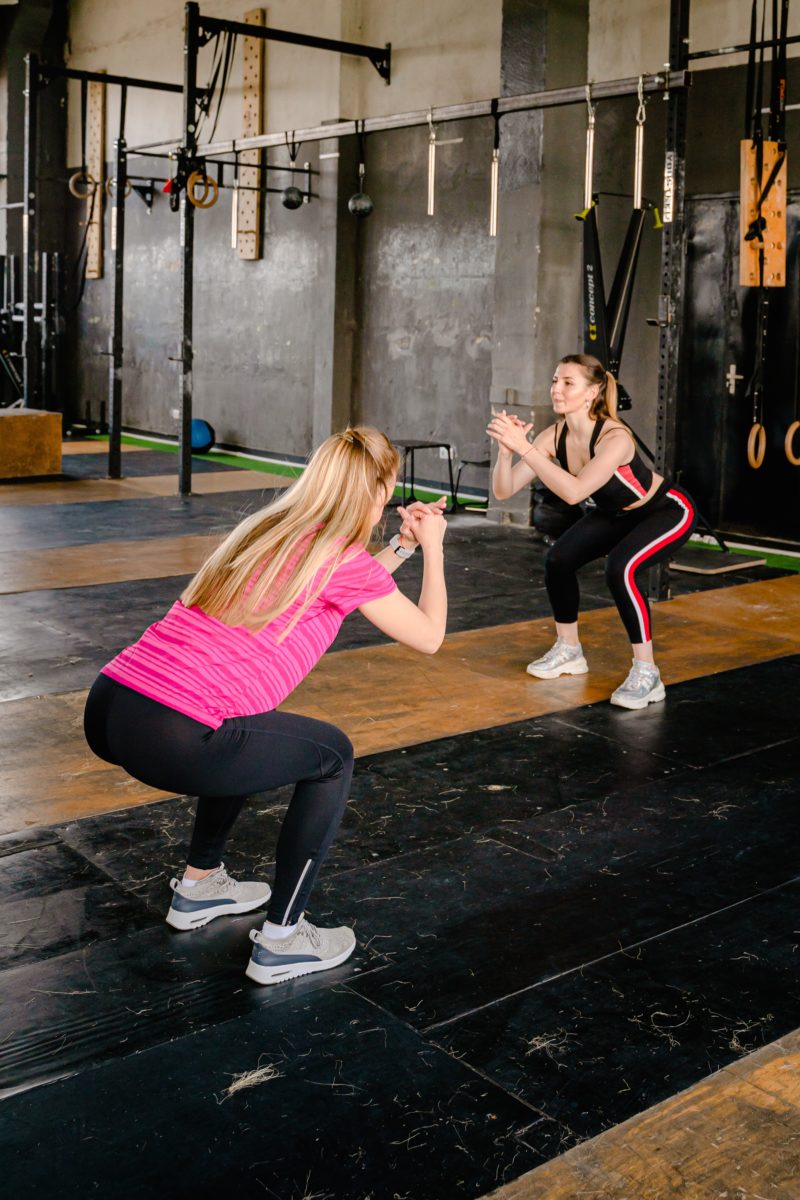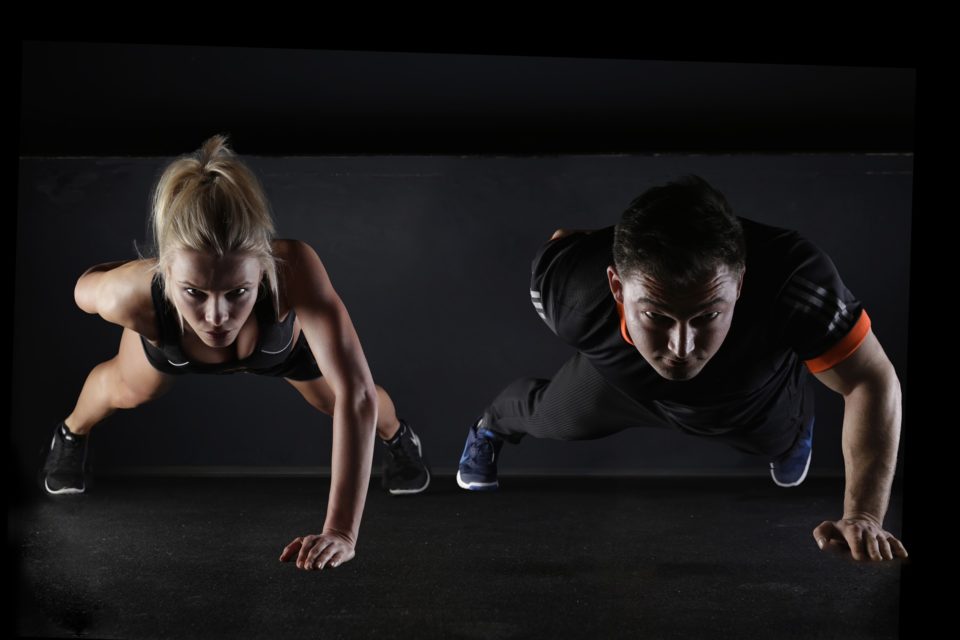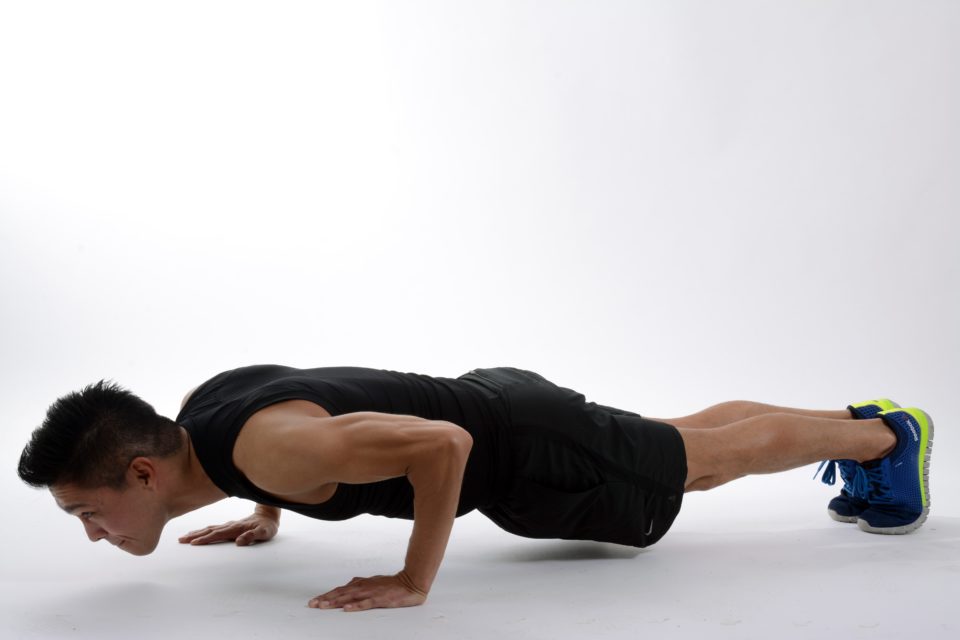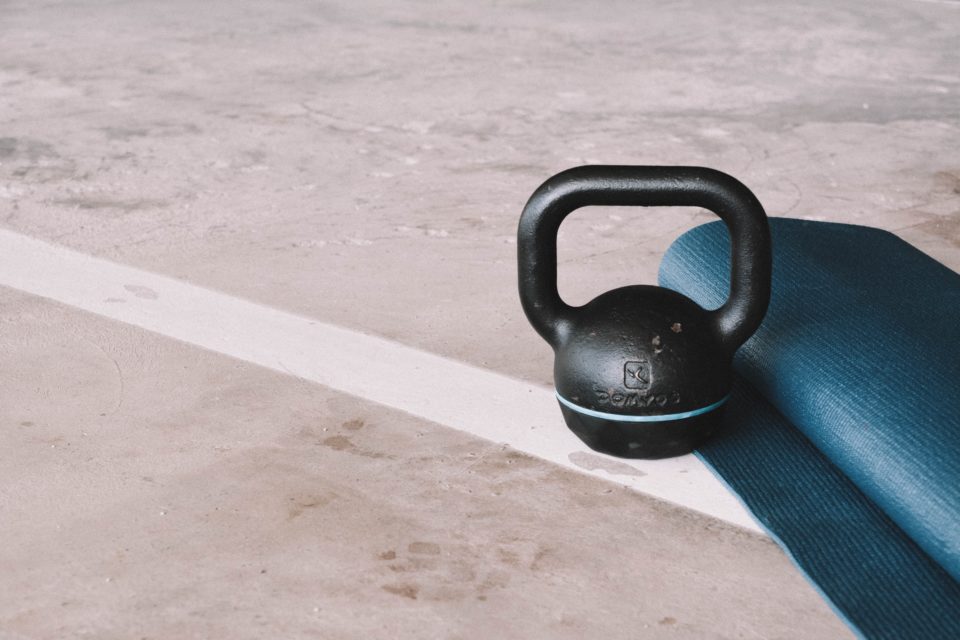
Summer’s here and we’re loving the warm temperatures. It means that we can train outside again and make our workouts longer. If you’re looking for a motivational boost or need some fresh ideas for your workouts, why not try functional training? In this post, we take a closer look at what functional training is, what it involves and what benefits it brings.
What is functional training?
Functional training is a highly effective form of exercise for the whole body. It places particular emphasis on stability and challenges multiple muscle groups simultaneously. It’s called functional because the training program utilizes exercises that improve the mobility of your whole body, train smaller muscles and also give your central nervous system a workout.
The movements and exercises in functional training are relatively complex and often include moves such as push-ups, plank variations, lunges and coordination exercises.

What exactly are you working out with functional training?
In contrast to bodybuilding, functional training doesn’t directly focus on building up muscle. Whereas bodybuilding targets isolated muscle groups, functional training focuses on stabilising the body and getting all of your muscles, tendons and joints fit for intense physical exercise or normal, everyday activities. In particular, it targets deep abdominal muscles and your core.
How effective is functional training?
Functional training is highly effective as it trains multiple muscle groups at the same time. It is a real calorie burner, especially if you combine leg and glute exercises with arm and abdominal training.
It is vital, however, that you perform high-quality motion sequences in your training and utilize your full range of motion. In other words, you should choose exercise routines that are challenging in some way.
On the one hand, the exercises should promote stability, coordination and strength. At the same time, however, they should also train your endurance, speed and balance. The intensity of your workout will, of course, depend on the exercises you choose.
Plank toe taps, planks and squats with weights are some of the classic functional training exercises.

Functional training offers these five benefits:
- Highly effective
- Trains multiple muscle groups at the same time
- Increases strength and stability
- Muscles are not trained in isolation
- You can do the exercises in a small space and you don’t need much equipment
So, to sum it up, functional training improves stability, strength and rotation and can minimize the strain your body is under and the risk of injury from everyday activities and during intense physical sports. Functional training is especially important for athletes who want to improve their jumping and lifting capabilities and their speed, or develop their hitting and throwing strength.
Let’s take a look at the kinds of equipment that can help with your training.
What’s the best equipment for functional training?

As we mentioned above, functional training can be highly effective without any equipment at all. Stability is one area that you can really train effectively using your own body weight. However, if you’re looking mix things up a bit in your training or ratch up the intensity, you might want to consider adding the following equipment to your basic functional training kit:
- Exercise ball
Exercise balls are great for increasing and intensifying exercises, especially push-ups, crunches and planks. They create imbalances that force you to exercise lots of small muscles. - Dumbbells
You can use different weights to intensify exercises. Dumbbells are a great option for glute bridges and plank toe taps, for example. - Kettlebells
Kettlebells are the perfect complement to dumbbells. They are often a better option than conventional dumbbells, particularly for “swing” exercises. You can use them to intensify exercises such as sumo squats. - Resistance bands
As the name suggests, resistance bands increase resistance and can make lots of exercises more intense. They can be used to intensify moves such as squats, knee bends and swimming on your stomach. They are also easy to pack and take anywhere with you. - Suspension trainers (TRX)
Suspended straps like those used in the TRX system can be a great addition to your functional training routine. They also create imbalances that help strengthen deep muscles.
Are you looking to create a functional training plan? Take a look at our tips before you get started:
- Incorporate variety
Functional training isn’t all about repetition. Keep your workouts varied to activate as many muscle fibres as possible. In other words – get outside your comfort zone. Then you’ll see just how much your coordination and stability improves. - Do the exercises correctly
Functional training is about savouring your full range of motion. So make sure you perform all exercises correctly. Enjoy every moment of every movement and use pjuractive 2SKIN beforehand to prevent any chafing or blisters that could limit your range of motion. - Be aware of intensity & recovery
Functional training targets all muscles and your central nervous system. Incorporate at least one complete rest day a week into your plan and make sure you get the recovery you need.
We’ve looked at what functional training is, what it involves and what benefits it offers. So what’s stopping you? Time to start exercising and enjoying this great way to train. Have you got your pjuractive 2SKIN? pjuractive 2SKIN can really help your functional training by stopping blisters and chafing before they start.